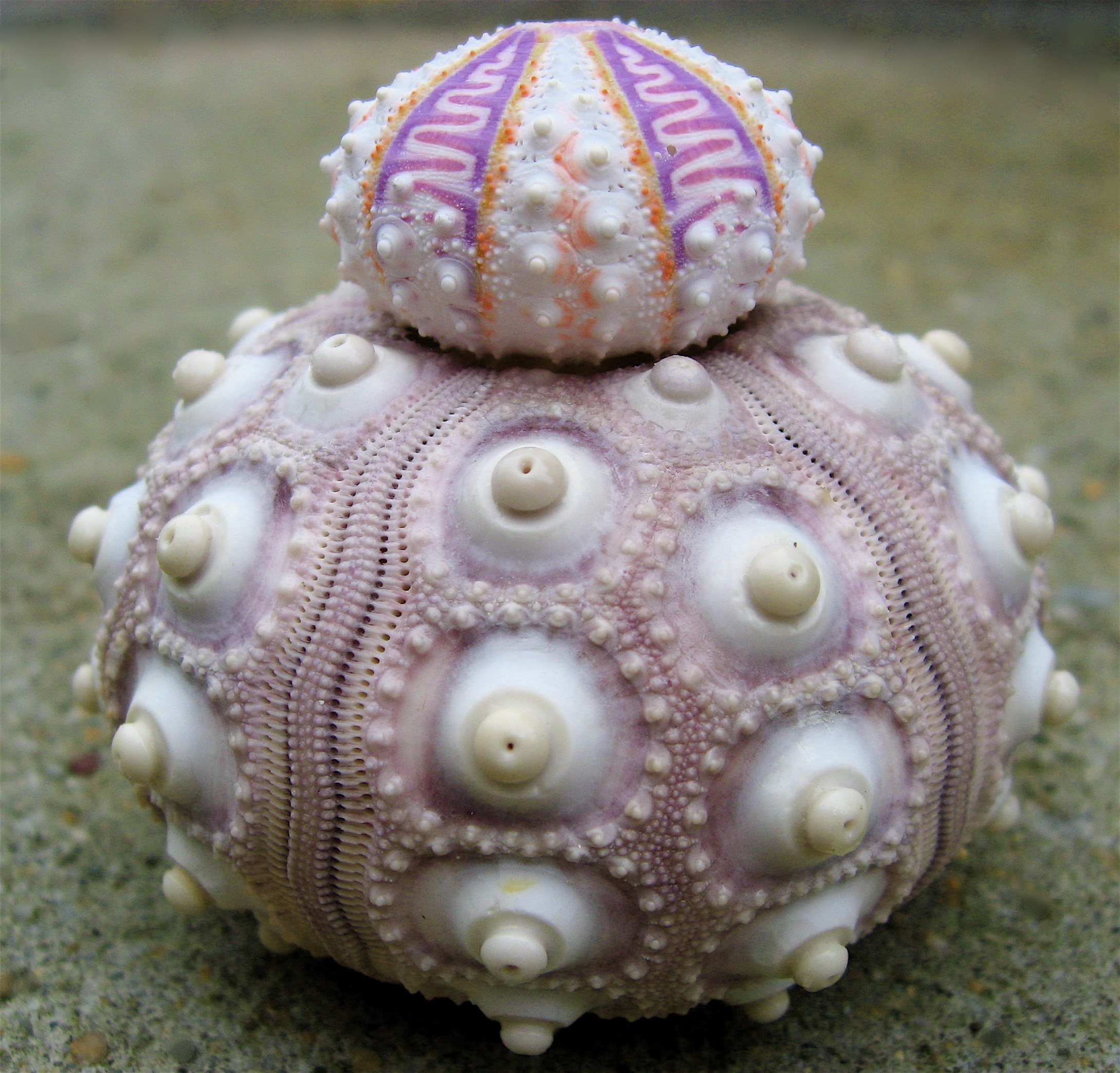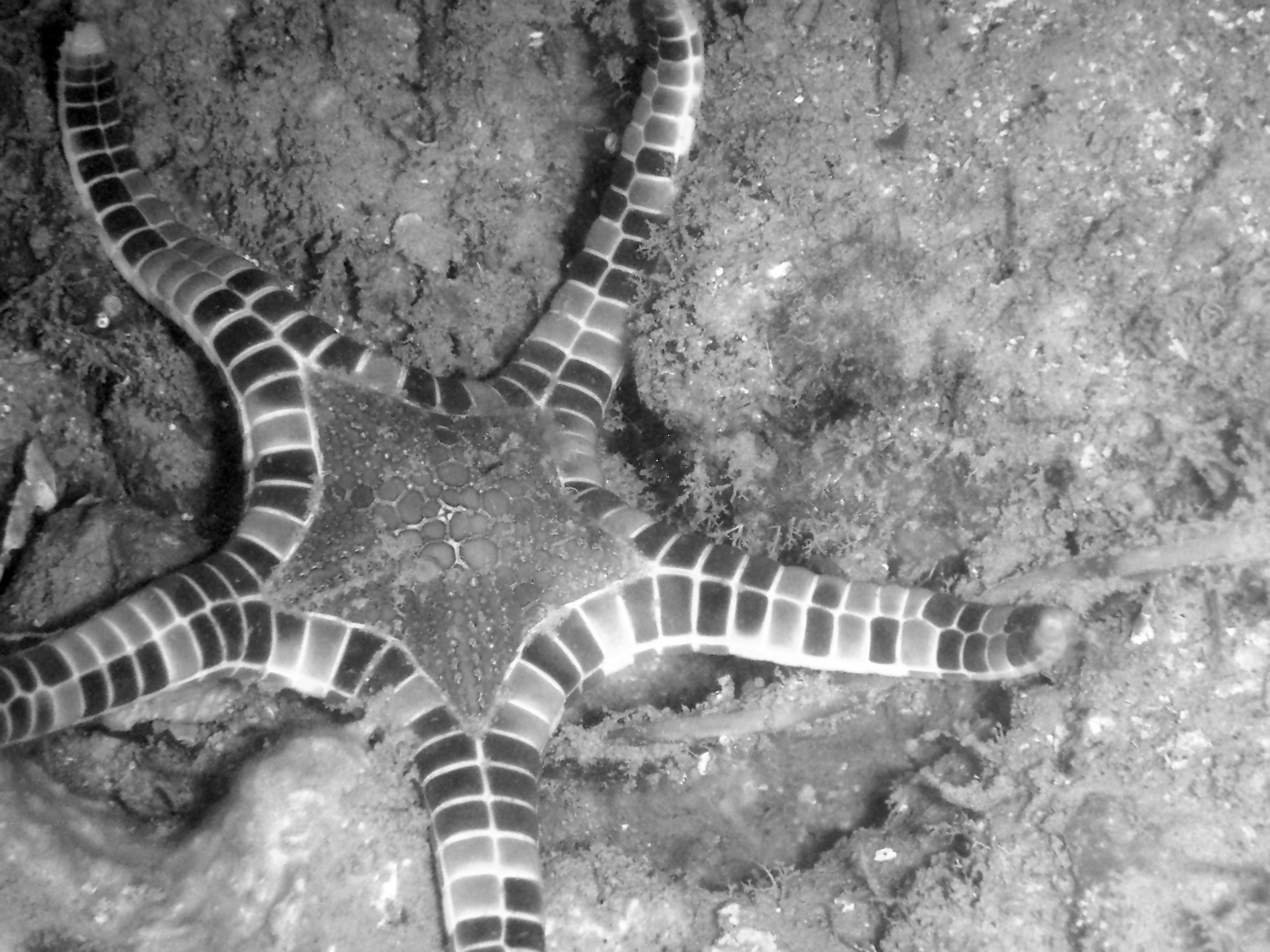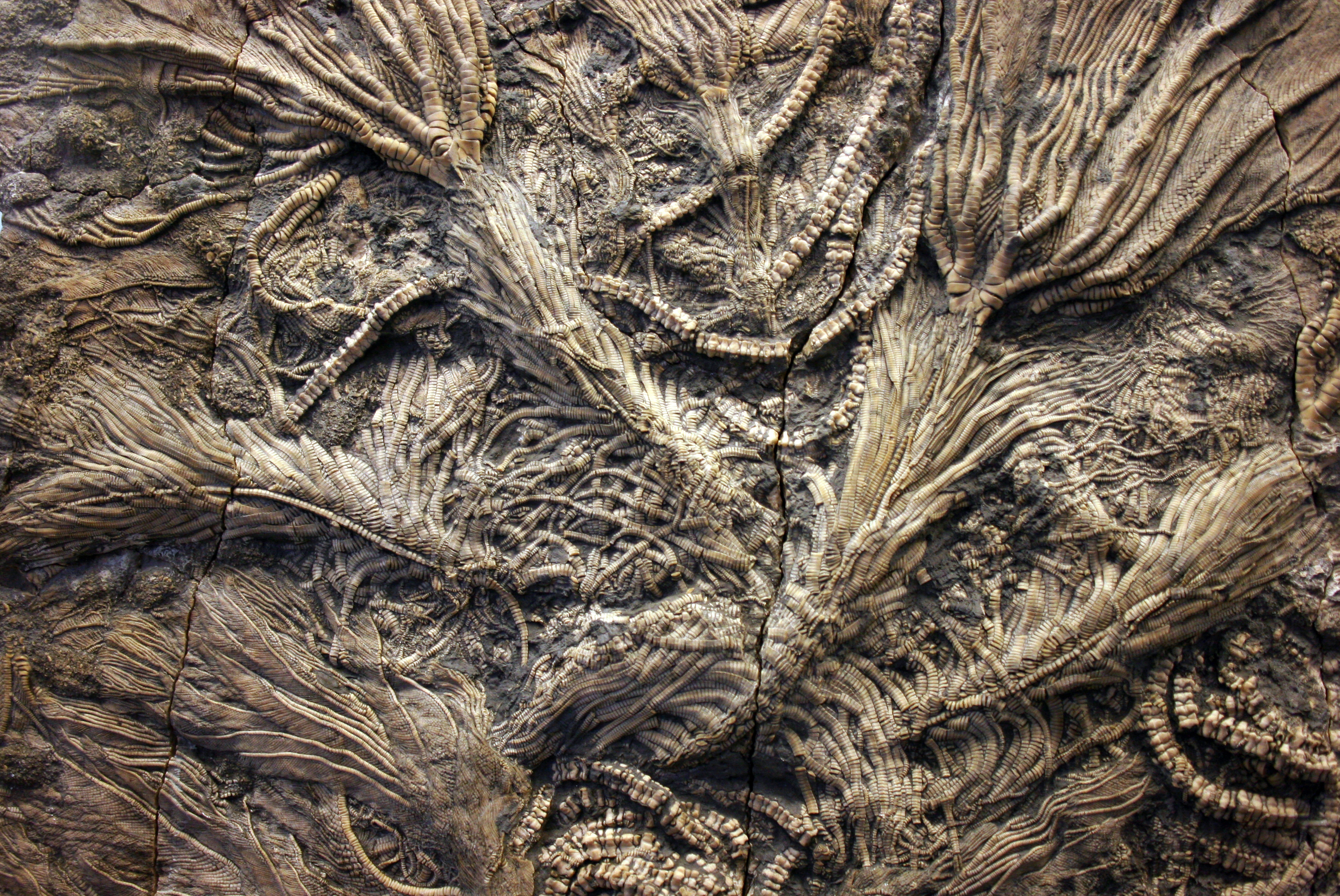ossicle (echinoderm) on:
[Wikipedia]
[Google]
[Amazon]
 Ossicles are small
Ossicles are small

 Ossicles have a variety of forms including flat plates, spines, rods and crosses, and specialised compound structures including
Ossicles have a variety of forms including flat plates, spines, rods and crosses, and specialised compound structures including
 Several types of small ossicles are found in the body wall of
Several types of small ossicles are found in the body wall of
 Ossicles are small
Ossicles are small calcareous
Calcareous () is an adjective meaning "mostly or partly composed of calcium carbonate", in other words, containing lime or being chalky. The term is used in a wide variety of scientific disciplines.
In zoology
''Calcareous'' is used as an adje ...
elements embedded in the dermis
The dermis or corium is a layer of skin between the epidermis (with which it makes up the cutis) and subcutaneous tissues, that primarily consists of dense irregular connective tissue and cushions the body from stress and strain. It is divided i ...
of the body wall of echinoderm
An echinoderm () is any member of the phylum Echinodermata (). The adults are recognisable by their (usually five-point) radial symmetry, and include starfish, brittle stars, sea urchins, sand dollars, and sea cucumbers, as well as the sea ...
s. They form part of the endoskeleton
An endoskeleton (From Greek ἔνδον, éndon = "within", "inner" + σκελετός, skeletos = "skeleton") is an internal support structure of an animal, composed of mineralized tissue.
Overview
An endoskeleton is a skeleton that is on the i ...
and provide rigidity and protection. They are found in different forms and arrangements in sea urchin
Sea urchins () are spiny, globular echinoderms in the class Echinoidea. About 950 species of sea urchin live on the seabed of every ocean and inhabit every depth zone from the intertidal seashore down to . The spherical, hard shells (tests) of ...
s, starfish
Starfish or sea stars are star-shaped echinoderms belonging to the class Asteroidea (). Common usage frequently finds these names being also applied to ophiuroids, which are correctly referred to as brittle stars or basket stars. Starfish ...
, brittle star
Brittle stars, serpent stars, or ophiuroids (; ; referring to the serpent-like arms of the brittle star) are echinoderms in the class Ophiuroidea, closely related to starfish. They crawl across the sea floor using their flexible arms for locomot ...
s, sea cucumber
Sea cucumbers are echinoderms from the class Holothuroidea (). They are marine animals with a leathery skin and an elongated body containing a single, branched gonad. Sea cucumbers are found on the sea floor worldwide. The number of holothuria ...
s, and crinoid
Crinoids are marine animals that make up the class Crinoidea. Crinoids that are attached to the sea bottom by a stalk in their adult form are commonly called sea lilies, while the unstalked forms are called feather stars or comatulids, which ar ...
s. The ossicles and spines (which are specialised sharp ossicles) are the only parts of the animal likely to be fossilized after an echinoderm dies.
Formation
Ossicles are created intracellularly by specialised secretory cells known as sclerocytes in thedermis
The dermis or corium is a layer of skin between the epidermis (with which it makes up the cutis) and subcutaneous tissues, that primarily consists of dense irregular connective tissue and cushions the body from stress and strain. It is divided i ...
of the body wall of echinoderms. Each ossicle is composed of microcrystals of calcite
Calcite is a carbonate mineral and the most stable polymorph of calcium carbonate (CaCO3). It is a very common mineral, particularly as a component of limestone. Calcite defines hardness 3 on the Mohs scale of mineral hardness, based on scratc ...
arranged in a three-dimensional lattice known as a stereom
Stereom is a calcium carbonate material that makes up the internal skeletons found in all echinoderms, both living and fossilized forms. It is a sponge-like porous structure which, in a sea urchin may be 50% by volume living cells, and the rest b ...
. Under polarized light
Polarization (also polarisation) is a property applying to transverse waves that specifies the geometrical orientation of the oscillations. In a transverse wave, the direction of the oscillation is perpendicular to the direction of motion of th ...
the ossicle behaves as if it were a single crystal because the axes of all the crystals are parallel. The space between the crystals is known as the stroma and allows entry to sclerocytes for enlargement and repair. The honeycomb structure is light but tough and collagenous ligament
A ligament is the fibrous connective tissue that connects bones to other bones. It is also known as ''articular ligament'', ''articular larua'', ''fibrous ligament'', or ''true ligament''. Other ligaments in the body include the:
* Peritoneal l ...
s connect the ossicles together. The ossicles are embedded in a tough connective tissue which is also part of the endoskeleton. When an ossicle becomes redundant, specialised cells known as phagocytes are able to reabsorb the calcareous material.Ruppert et al, 2004. pp. 876–878 All the ossicles, even those that protrude from the body wall, are covered by a thin layer of epidermis
The epidermis is the outermost of the three layers that comprise the skin, the inner layers being the dermis and hypodermis. The epidermis layer provides a barrier to infection from environmental pathogens and regulates the amount of water relea ...
but functionally they act more like an exoskeleton
An exoskeleton (from Greek ''éxō'' "outer" and ''skeletós'' "skeleton") is an external skeleton that supports and protects an animal's body, in contrast to an internal skeleton (endoskeleton) in for example, a human. In usage, some of the l ...
than an endoskeleton.
Types of ossicle

pedicellaria
A pedicellaria (plural: pedicellariae) is a small wrench- or claw-shaped appendage with movable jaws, called valves, commonly found on echinoderms (phylum Echinodermata), particularly in sea stars (class Asteroidea) and sea urchins (class Echino ...
e and paxillae.
Plates are tabular ossicles that fit neatly together in a tessellated
A tessellation or tiling is the covering of a surface, often a plane, using one or more geometric shapes, called ''tiles'', with no overlaps and no gaps. In mathematics, tessellation can be generalized to higher dimensions and a variety of g ...
manner. They form the main skeletal covering for sea urchins and sea stars.
Spines are ossicles that project from the body wall and articulate with other ossicles through ball and socket joint
The ball-and-socket joint (or spheroid joint) is a type of synovial joint in which the ball-shaped surface of one rounded bone fits into the cup-like depression of another bone. The distal bone is capable of motion around an indefinite number o ...
s mounted on tubercle
In anatomy, a tubercle (literally 'small tuber', Latin for 'lump') is any round nodule, small eminence, or warty outgrowth found on external or internal organs of a plant or an animal.
In plants
A tubercle is generally a wart-like projectio ...
s.Ruppert et al, 2004. pp. 897–898 They are formed from crystals of calcite and can be solid or hollow, long or short, thick or thin and sharp or blunt. The spines serve a protective function and are also used for locomotion.
Pedicellaria
A pedicellaria (plural: pedicellariae) is a small wrench- or claw-shaped appendage with movable jaws, called valves, commonly found on echinoderms (phylum Echinodermata), particularly in sea stars (class Asteroidea) and sea urchins (class Echino ...
e are compound ossicles that articulate with other ossicles and protrude from the aboral
Standard anatomical terms of location are used to unambiguously describe the anatomy of animals, including humans. The terms, typically derived from Latin or Greek roots, describe something in its standard anatomical position. This position prov ...
(upper) surface of some sea stars (and also the test
Test(s), testing, or TEST may refer to:
* Test (assessment), an educational assessment intended to measure the respondents' knowledge or other abilities
Arts and entertainment
* ''Test'' (2013 film), an American film
* ''Test'' (2014 film), ...
of sea urchins). They usually have short fleshy stalks and either two or three moveable ossicles forming a set of pincer-like jaws. They may be scattered over the surface or may be grouped around spines. Their function is to pick off debris so as to keep the surface clean and to prevent larva
A larva (; plural larvae ) is a distinct juvenile form many animals undergo before metamorphosis into adults. Animals with indirect development such as insects, amphibians, or cnidarians typically have a larval phase of their life cycle.
Th ...
e of other invertebrates from settling and growing there.
Paxillae are small pillar-shaped ossicles with flat tops sometimes found covering the aboral surface of sea stars such as '' Luidia'', ''Astropecten
''Astropecten'' is a genus of sea stars of the family Astropectinidae.
Identification
These sea stars are similar one to each other and it can be difficult to determine with certainty the species only from a photograph. To have a certain ...
'' and '' Goniaster'' that live underneath sediment. Their stalks emerge from the body wall and their tops, each fringed with short spines, and abut each other to form a protective external false skin. Beneath this is a water-filled cavity which contains the madreporite
The madreporite is a light colored calcareous opening used to filter water into the water vascular system of echinoderms. It acts like a pressure-equalizing valve. It is visible as a small red or yellow button-like structure, looking like a sm ...
and delicate gill structures known as papillae.
Arrangement
Sea urchins are covered with plates which are usually fused together to give a rigidtest
Test(s), testing, or TEST may refer to:
* Test (assessment), an educational assessment intended to measure the respondents' knowledge or other abilities
Arts and entertainment
* ''Test'' (2013 film), an American film
* ''Test'' (2014 film), ...
, but in the order
Order, ORDER or Orders may refer to:
* Categorization, the process in which ideas and objects are recognized, differentiated, and understood
* Heterarchy, a system of organization wherein the elements have the potential to be ranked a number of ...
Echinothurioida
The Echinothurioida are an order of sea urchins in the class Echinoidea. Echinothurioids are distinguished from other sea urchins by the combination of a flexible test and hollow spines. The membrane around the mouth contains only simple plates ...
, the test is leathery because the plates are separate. The test is divided into five segments that extend from the apex to the mouth. Each contains two ambulacral
Ambulacral is a term typically used in the context of anatomical parts of the phylum Echinodermata or class Asteroidea and Edrioasteroidea. Echinoderms can have ambulacral parts that include ossicles, plates, spines, and suckers. For example, sea ...
rows of plates alternating with two interambulacral rows. The ambulacral plates are each pierced by a pair of pores through which the active tube feet
Tube feet (technically podia) are small active tubular projections on the oral face of an echinoderm, whether the arms of a starfish, or the undersides of sea urchins, sand dollars and sea cucumbers; they are more discreet though present on brit ...
are connected to the water vascular system
The water vascular system is a hydraulic system used by echinoderms, such as sea stars and sea urchins, for locomotion, food and waste transportation, and respiration. The system is composed of canals connecting numerous tube feet. Echinoderms mov ...
. Ossicles in the form of spines connect to tubercles on some of the plates. Sea urchins have several types of pedicellariae, some of which are toxic. A ring of specialised plates surround the aboral pole consisting of five genital plates, one of which is the madreporite
The madreporite is a light colored calcareous opening used to filter water into the water vascular system of echinoderms. It acts like a pressure-equalizing valve. It is visible as a small red or yellow button-like structure, looking like a sm ...
, and five smaller ocular plates. Other large specialist plates surround the mouth in a set of jaws known as Aristotle's lantern
Sea urchins () are spiny, globular echinoderms in the class Echinoidea. About 950 species of sea urchin live on the seabed of every ocean and inhabit every depth zone from the intertidal seashore down to . The spherical, hard shells (tests) of ...
.Ruppert et al, 2004. pp. 897–898
Sea stars have separate plates giving flexibility to the disc and arms. They are arranged into interambulacral and ambulacral regions and the arms have an ambulacral groove on the underside from which the tube feet project. Other ossicles that may be present include pedicellariae and paxillae. There is often a large row of marginal plates adjoining the ambulacral groove, sometimes bearing spines.
Brittle stars do not have pedicellariae, and the plates that cover their surface are known as shields. On the arms these are in four rows with each segment having an aboral and oral shield and two lateral shields, usually with fringing spines. Other ossicles include spines, tubercles, small scales and vertebrae. The large central vertebrae in each arm segment provides the articulating element that joins it to the next.Ruppert et al, 2004. p. 890
 Several types of small ossicles are found in the body wall of
Several types of small ossicles are found in the body wall of sea cucumbers
Sea cucumbers are echinoderms from the class Holothuroidea (). They are marine animals with a leathery skin and an elongated body containing a single, branched gonad. Sea cucumbers are found on the sea floor worldwide. The number of holothuria ...
. Baskets are cup-shaped and usually have four projections. Buttons are disc-shaped and pierced by four holes and may be smooth or knobbed. Perforated plates are sieve-like and often widely distributed and rods provide support for the tube feet and tentacle
In zoology, a tentacle is a flexible, mobile, and elongated organ present in some species of animals, most of them invertebrates. In animal anatomy, tentacles usually occur in one or more pairs. Anatomically, the tentacles of animals work main ...
s. In the order Apodida
Apodida is an order of littoral to deep-sea, largely infaunal holothurians, sea cucumbers. This order comprises three families, 32 genera and about 270 known species, called apodids, "without feet".
Characteristics
These sea cucumbers are vagi ...
, members of which lack tube feet, there are anchor-shaped ossicles attached to anchor plates. The flukes project from the body wall and provide traction.Ruppert et al, 2004. p. 910
Crinoids are supported by jointed stalks containing substantial compound ossicles. The crown has ossicles scattered throughout the connective tissue (crinoids have no distinct dermis). The arms contain columns of well-developed vertebrae-like ossicles. Each joint has limited movement but the whole arm can be coiled and uncoiled.Ruppert et al, 2004. p. 917
References
Bibliography
* {{cite book , title=Invertebrate Zoology, 7th edition , last1=Ruppert , first1=Edward E. , last2=Fox , first2=Richard, S. , last3=Barnes , first3=Robert D. , year=2004 , publisher=Cengage Learning , isbn=81-315-0104-3 Echinoderm anatomy